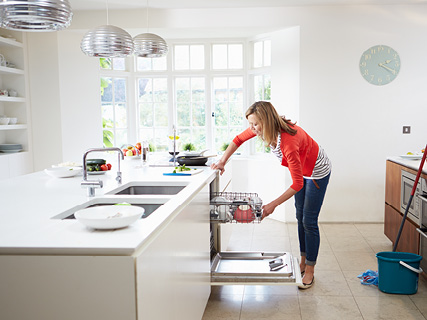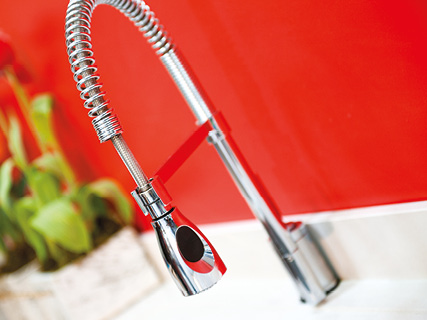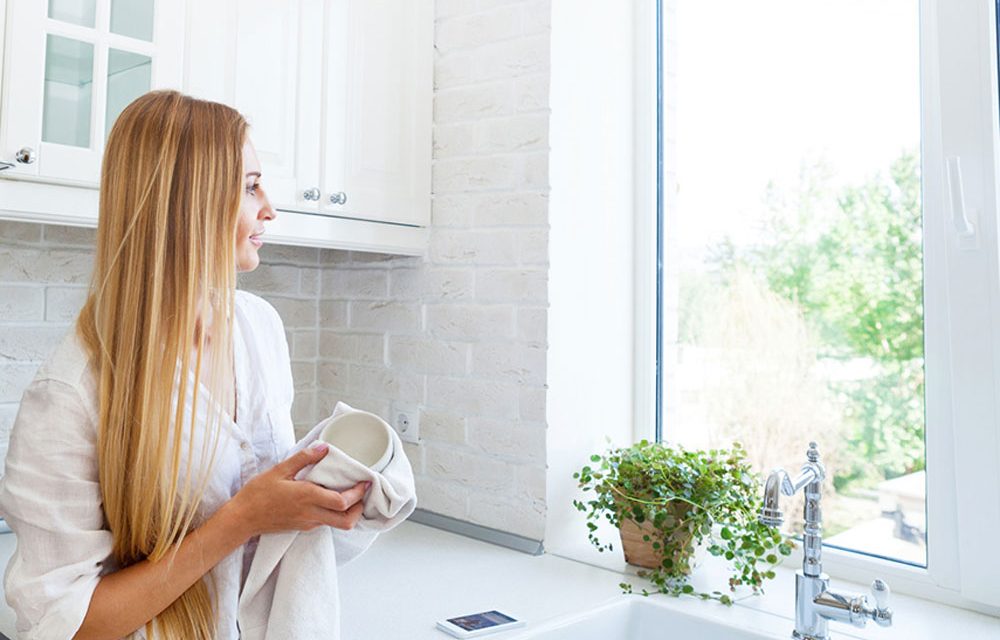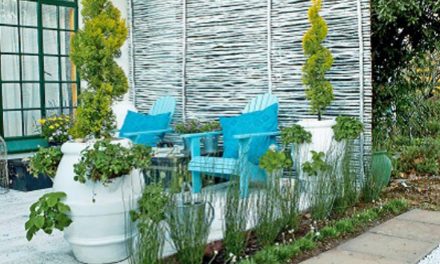By becoming water conscious in the kitchen, you’re saving money and doing your bit for the planet. Here are some smart ways to get started.
- dishwashers 30-90 litres per wash;
- dishwashing by hand 18 litres per wash;
- drinking, cooking, household cleaning six to 10 litres per person per day.

This is how you can save:
- Capture running water while waiting for the temperature to change: this can be used to water plants.
- Never wash the plates under running water – use a bowl of water or fill the sink.
- Peeling vegetables under running water wastes a lot; use a bowl of water or fill the sink.
- When washing dishes by hand, use as little water as possible. Use only the required amount of dish soap and put the dishes in a rack to rinse them all together.
- Don’t use hot water when cold will do.
- Use short bursts instead of letting the water run when rinsing. When you use the dishwasher, use appropriate water and energy-efficient settings.
- Keep a container of drinking water in the fridge. You’ll waste less than you would while waiting for the tap to change temperature for each glass of water.
- Don’t defrost frozen food with running water. Use the microwave or defrost in the refrigerator.
- Change your cooking habits. Instead of boiling, steam. Not only does it use a lot less water, it also retains far more nutrients in your food.
- Dry brush and spot clean the floor. Sweep up the scraps regularly and spot mop spills rather than washing the whole floor each time.
How to choose be waterwise with your dishwasher
- The average washing machine uses about 100 litres of water per wash cycle, but you can cut back if you choose this appliance wisely.
- When buying a dishwasher, always ask how much water is used per cycle. Over time, this can be more important than the price tag. The lower water use dishwashers use water more efficiently than washing up by hand.
- A dishwasher comes ready to connect to the hot or cold tap. Dishwashers connected to the cold tap are often more economical because some cold water is used for rinsing.
- Some dishwashers have economy cycles, which use less water. Use these where appropriate.
- Wait until the dishwasher is full before using it.

How to be waterwise with kitchen taps
Did you know that the average tap runs 10 litres per minute? Try these tips and become waterwise.
Choose the right tap:
Aerating taps and spouts are relatively inexpensive and effective. They can reduce flow rates by up to 50 per cent and also reduce splashing.
Quarter-turn taps provide better control over water flow. Water savings are estimated at five per cent of conventional taps.
Single-lever taps (mixing taps) can prevent wastage by avoiding the need to use separate hot and cold taps to balance water flow and temperature.
Leaking taps are annoying; they can also cost a lot of money. One drip per second is about seven kilolitres a year. A steady dribble will waste hundreds of kilolitres a year and add considerably to your water bill. If the leak is from the hot water, you may have less of it when you want it and it will cost a lot of money for energy.











